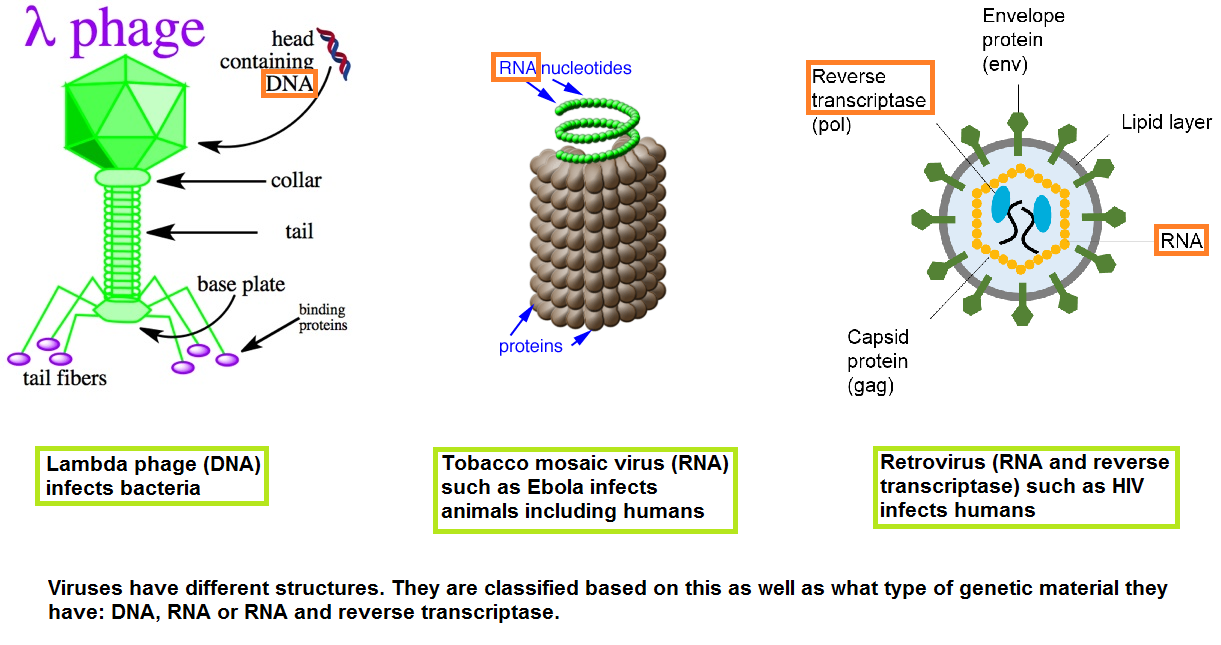Introduction
Lytic cycle and latency
Fighting viruses
Case study
Introduction
Viruses are a special little topic indeed. Here we are talking about life in one of its most bizarre, misunderstood and disturbing expressions. Viruses are the stuff of horror movies.
They are tiny microscopic entities that have absolutely no activity whatsoever. In the presence of a larger organism of their specific fit (and there are viruses to target anything), they come alive by hijacking its life tools: nutrients, energy, ribosomes, you name it.
They only carry the genetic information they need to invade and replicate. Invade and replicate. A bit of a glitch of life, or the perfect expression of it?

Both DNA and RNA viruses make use of their host’s transcription and translation machinery such as ribosomes and enzymes to enable protein synthesis. Retroviruses on the other hand bring their own reverse transcriptase enzyme to enable the production of DNA using their RNA template once inside the host cell. Once the RNA is reverse transcribed into DNA (DNA->RNA is transcription, hence RNA->DNA is reverse transcription), the normal protein synthesis pathway can take place.
Lytic cycle and latency
As if the horror movie wasn’t bad enough as it is, it now has a truly creepy plot twist. Not only does the viruses invade, replicate and kill the host cell, making it burst (lyse) hence the lytic cycle, but it can invade and just lie quietly inside the host cell’s genetic material until a later time. This is latency also known as the lysogenic cycle.
